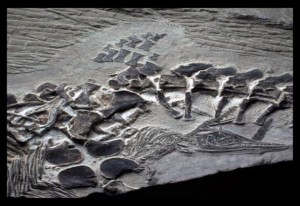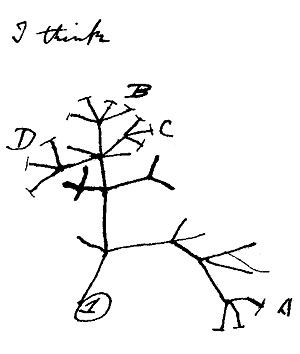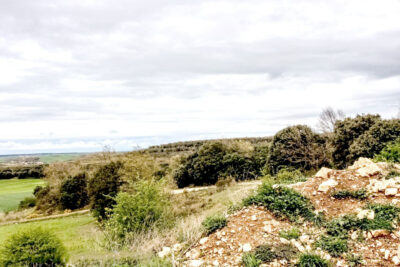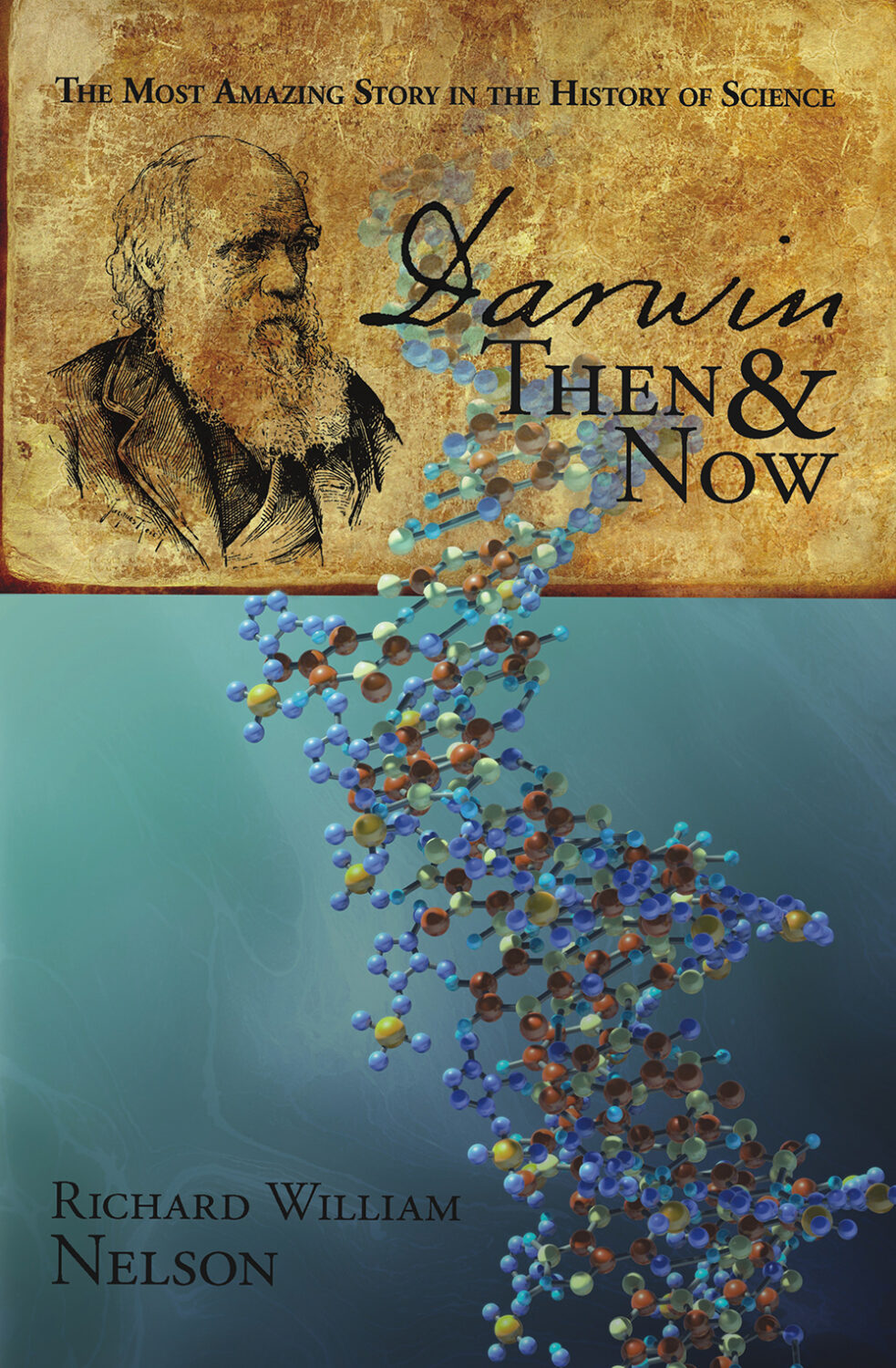by Richard William Nelson | Feb 21, 2014
 New fossil discovery in China stuns Charles Darwin’s theory of evolution acting through “slight successive changes.” An international team led by geologist Ryosuke Motani from the University of California, Davis, published a paper in the PLOS journal earlier this month on new evidence of reptile embryos that challenges previous evolution paradigms.
New fossil discovery in China stuns Charles Darwin’s theory of evolution acting through “slight successive changes.” An international team led by geologist Ryosuke Motani from the University of California, Davis, published a paper in the PLOS journal earlier this month on new evidence of reptile embryos that challenges previous evolution paradigms.
Bordering on the Yangtze River in eastern China, just north of Chaohu City, Motani’s team discovered by accident what is thought to be the oldest known reptile. While working systematically through a slab of entombed fossils looking for a ray-finned fish known as Saurichthys, the workers accidentally fractured the slab.
Continue Reading
by Richard William Nelson | Feb 7, 2014
 New Jersey U.S. Representative Rush Holt, a Democrat, introduced on the House floor a resolution to designate Charles Darwin’s birthday, February 12th, as a national holiday. In a Huffington Post interview, Holt said the day should symbolize “the importance of science in the betterment of humanity.”
New Jersey U.S. Representative Rush Holt, a Democrat, introduced on the House floor a resolution to designate Charles Darwin’s birthday, February 12th, as a national holiday. In a Huffington Post interview, Holt said the day should symbolize “the importance of science in the betterment of humanity.”
“It was his thirst for knowledge,” Holt continued, “and his scientific approach to discovering new truths that enabled him to develop the theory of evolution.” Fortunately, most of the representatives doubted Holt’s assertions. In the U.S. courts, however, evolution by natural selection is a proven scientific theory. Known as the “father of evolution,” Darwin must have been an exceptional scientist. For good reasons to be discussed, however, the answer to “Was Darwin a scientist?” is one of the evolution industry’s best back-story secrets.
Continue Reading
by Richard William Nelson | Jan 23, 2014

Charles Darwin‘s first reference to a “gene” appears in the 4th Edition of The Origin of Species in 1866. Since then, the gene has emerged as the essential molecular mechanism driving Darwin’s theory.
This intersection of natural selection with Gregor Mendel‘s theory of genetic inheritance was later known as the Modern Evolutionary Synthesis, also referred to as The Modern Synthesis, primarily based on Julian Huxley’s 1942 book, Evolution: The Modern Synthesis.
A gene mutation-driven evolution theory gained increasing popularity. However, by the 1960s, the model began encountering challenges as it was being applied using emerging genomic technologies.
Continue Reading
by Richard William Nelson | Jan 9, 2014
 Pristine preservation of DNA is of critical importance in the study of ancient DNA. The structural integrity of the DNA molecule, contrary to the Jurassic Park tale, is not infinitely stable.
Pristine preservation of DNA is of critical importance in the study of ancient DNA. The structural integrity of the DNA molecule, contrary to the Jurassic Park tale, is not infinitely stable.
Damage to the DNA molecule in living organisms occurs naturally from normal metabolic and hydrolytic processes and from environmental factors such as ultraviolet light and radiation.
Damage to DNA in mammalian cells is known to occur 1 million times daily. While living organisms can identify and correct these damages, the evolutionary industry has been reticent to address the stability of ancient DNA in the fossil record.
Continue Reading
by Richard William Nelson | Dec 30, 2013
 The genomic revolution is an increasingly challenging, long-standing orthodoxy in human evolution. An international team of geneticists headed by Matthias Meyer (pictured right below) of the Max Planck Institute for Evolutionary Anthropology in Germany reported in the journal Nature earlier this month.
The genomic revolution is an increasingly challenging, long-standing orthodoxy in human evolution. An international team of geneticists headed by Matthias Meyer (pictured right below) of the Max Planck Institute for Evolutionary Anthropology in Germany reported in the journal Nature earlier this month.
The team studied the mtDNA of 28 fossilized hominins estimated to be 400,000 years old from the Sima de Los Huesos cave in northern Spain‘s Sierra de Atapuerca Mountain range (pictured left).
Meyer’s team, which included legendary Swedish geneticist Svante Paabo, analyzed the genetics of these fossils collected during the 1970s. The study report, entitled “A mitochondrial genome sequence of a hominin from Sima de Los Huesos,” unexpectedly concluded that the fossils were genetically similar to the Denisovans, even though they morphologically resembled Neanderthals. Sima de los Huesos means “Pit of the Bones.”
Continue Reading
 New fossil discovery in China stuns Charles Darwin’s theory of evolution acting through “slight successive changes.” An international team led by geologist Ryosuke Motani from the University of California, Davis, published a paper in the PLOS journal earlier this month on new evidence of reptile embryos that challenges previous evolution paradigms.
New fossil discovery in China stuns Charles Darwin’s theory of evolution acting through “slight successive changes.” An international team led by geologist Ryosuke Motani from the University of California, Davis, published a paper in the PLOS journal earlier this month on new evidence of reptile embryos that challenges previous evolution paradigms.
 New Jersey U.S. Representative
New Jersey U.S. Representative 

 The genomic revolution is an increasingly challenging, long-standing orthodoxy in human evolution. An international team of geneticists headed by
The genomic revolution is an increasingly challenging, long-standing orthodoxy in human evolution. An international team of geneticists headed by 